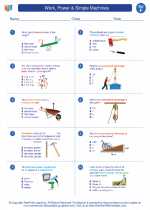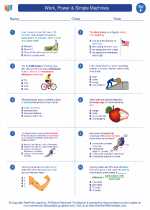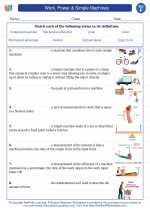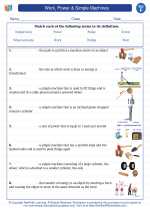Modeling in Science
Modeling in science refers to the process of creating and using models to represent and understand the natural world. A model is a simplified representation of a real object, system, or process that helps scientists to visualize, understand, and make predictions about the natural world. Models can be physical, mathematical, or conceptual, and they are used to test hypotheses, make predictions, and communicate scientific ideas.
Types of Models
There are several types of models used in science:
- Physical Models: These are three-dimensional representations of objects or systems, such as a model of the solar system or a model of a cell.
- Mathematical Models: These are representations of a system using mathematical equations and relationships, such as a mathematical model of population growth or the movement of tectonic plates.
- Conceptual Models: These are simplified explanations or diagrams that help scientists understand complex systems or processes, such as a flowchart representing the water cycle or a diagram of the carbon cycle.
Uses of Models
Models are used in science for various purposes:
- Prediction: Models can be used to predict the behavior of a system or process under different conditions.
- Explanation: Models help scientists to explain complex phenomena in a simplified and visual manner.
- Testing Hypotheses: Models allow scientists to test hypotheses and theories in a controlled environment.
- Communication: Models are used to communicate scientific ideas and findings to other scientists and the public.
Studying Modeling in Science
To study modeling in science, you should:
- Understand the different types of models used in science and their characteristics.
- Learn how to create and use models to represent natural phenomena.
- Practice interpreting and analyzing models to make predictions and test hypotheses.
- Explore real-world examples of modeling in different scientific disciplines, such as biology, physics, and earth science.
- Understand the limitations of models and the importance of refining and revising them based on new evidence and observations.
By studying modeling in science, you will develop a deeper understanding of how scientists represent and make sense of the natural world, and how models contribute to scientific knowledge and discovery.
.◂Science Worksheets and Study Guides Sixth Grade. Work, Power & Simple Machines

 Worksheet/Answer key
Worksheet/Answer key
 Worksheet/Answer key
Worksheet/Answer key
 Vocabulary/Answer key
Vocabulary/Answer key
 Vocabulary/Answer key
Vocabulary/Answer key
